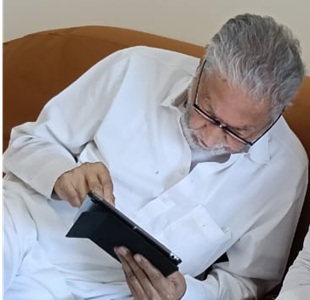De-risking infrastructure projects is critical to increase the flow of capital into infrastructure in India and lower the cost of capital. De-risking of projects can be accomplished using both external and internal mechanisms.
External de-risking essentially involves risk-transfers that allow the risk to be divided up in such a way that the best-equipped agent manages each suitable component of the risk. External risk management can be through guarantees such as a political risk guarantee from the Multilateral Investment Guarantee Agency (MIGA) or a partial credit guarantee from multilateral institutions such as the Asian Development Bank (ADB) to protect lenders partially against loan defaults.
External de-risking is also possible through the utilisation of financial instruments such as interest-rate swaps. For example, an interest-rate swap allows a bond investor to invest in the spread risk between the bond versus the swap rate, hedging away the outright interest rate exposure through utilisation of the interest-rate swap.
External de-risking allows counterparties to undertake risk in the component of the capital structure that they can manage best while hedging and transferring the risks they are not equipped to handle. Suck risk-management mechanisms also help bring down the cost of capital.
A specialist risk-manager has the expertise to manage risk and a diversified portfolio that allows him or her to charge the correct risk premium. In markets where such de-risking instruments are not available, counterparties not entirely suitable for managing the various components of the risk, charge a risk-premium that is higher than what a specialist would charge. The counterparties not suited to managing the risk charge a high enough risk premium to mitigate risks that they are not adequately equipped to handle, thereby raising the cost of capital. Therefore, effective external de-risking mechanisms are essential to facilitate infrastructure creation.
While external de-risking mechanisms help in risk transfers, the inherent risk in projects remains unchanged. Internal de-risking is also required to help reduce the risk associated with the project, thereby bringing down the cost of capital.
Internal de-risking is done through mechanisms that give investors more clarity about project cash flows. Clarity around cash flows comes from a system of infrastructure assets that are in sync and deliver value.
In layman’s terms, an airport asset becomes more attractive as road access from the surrounding area improves — i.e., as the radius of the region around an airport has easier and faster access to an airport asset, the airport has the potential to attract a larger pool of users. Therefore, enabling infrastructure such as roads to access the airport allows for airport investors to see both higher and clearer cash flows from the airport, helping investors view the asset as less risky and lowering the cost of capital.
Internal de-risking helps improve the “quality of the projects” by creating the supply chain of infrastructure projects that allow investors to earn financial returns with more clarity. The key to internal de-risking is ensuring that linkages within the infrastructure assets are created and financed effectively. Detailed planning and analysis is required to ensure that assets do not get stranded due to poor planning.
The long-dated nature of infrastructure investments means that long-term planning of the infrastructure eco-system is critical for de-risking assets. Policy clarity also has a significant role to play in the internal de-risking of assets. Effective policy framing and ground-level execution in, say, power transmission assets will help not only de-risk them but will also make energy generation assets that much more attractive and vice versa. Therefore, it is critical that the holistic picture is considered when planning and financing infrastructure.
In summary, de-risking infrastructure projects is right at the top of the agenda for all involved. While investors are keen to deploy capital in a high-growth economy, the public is eager to get access to better and higher quality infrastructure. De-risking infrastructure will help each rupee invested in creating more impact. A lower cost of capital through de-risking will allow India to create the critical mass of infrastructure in the years to come.
(Taponeel Mukherjee heads Development Tracks, an infrastructure advisory firm. The views expressed are personal. He can be contacted at taponeel.mukherjee@development-tracks.com or @Taponeel on Twitter)
—IANS






0 Comments